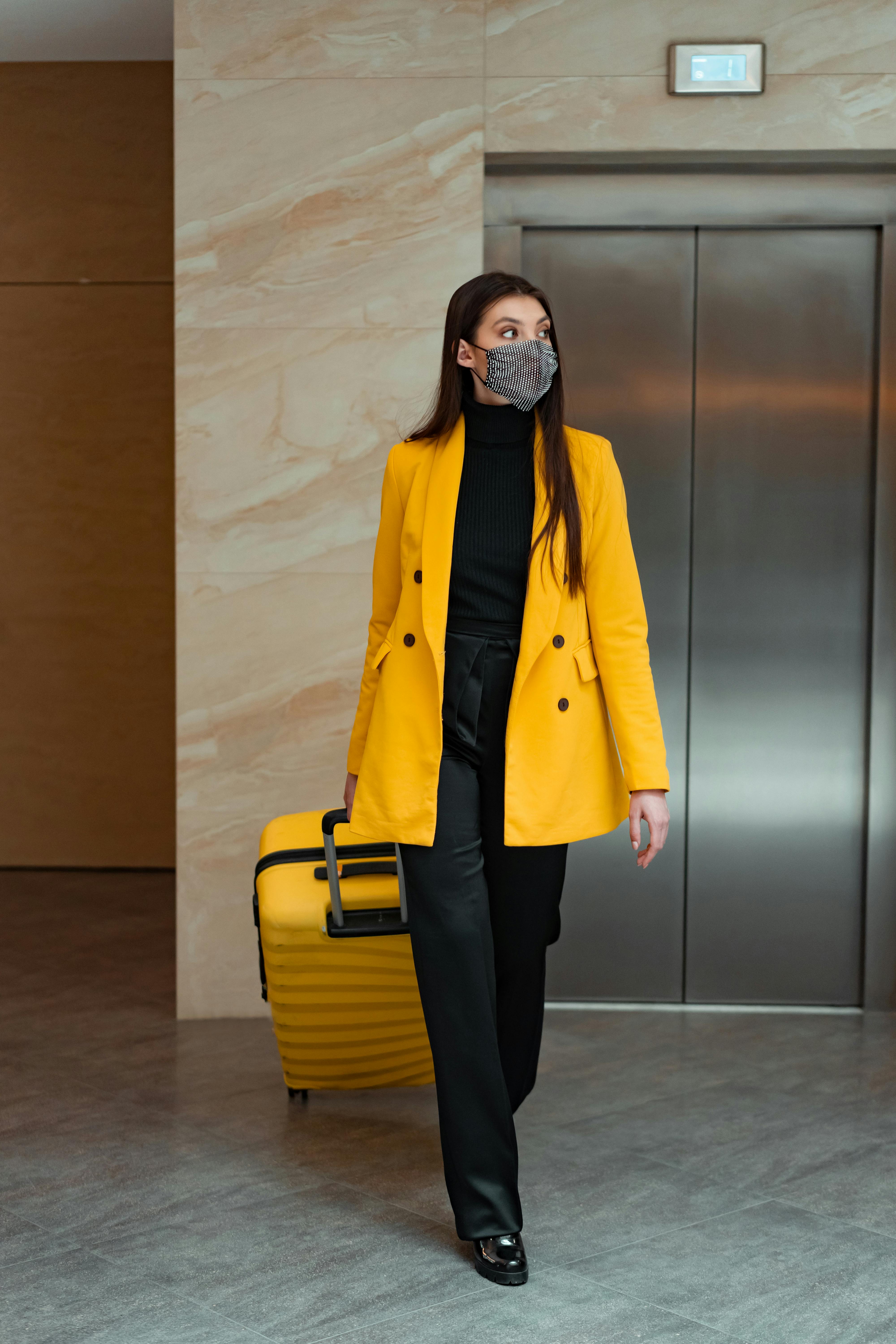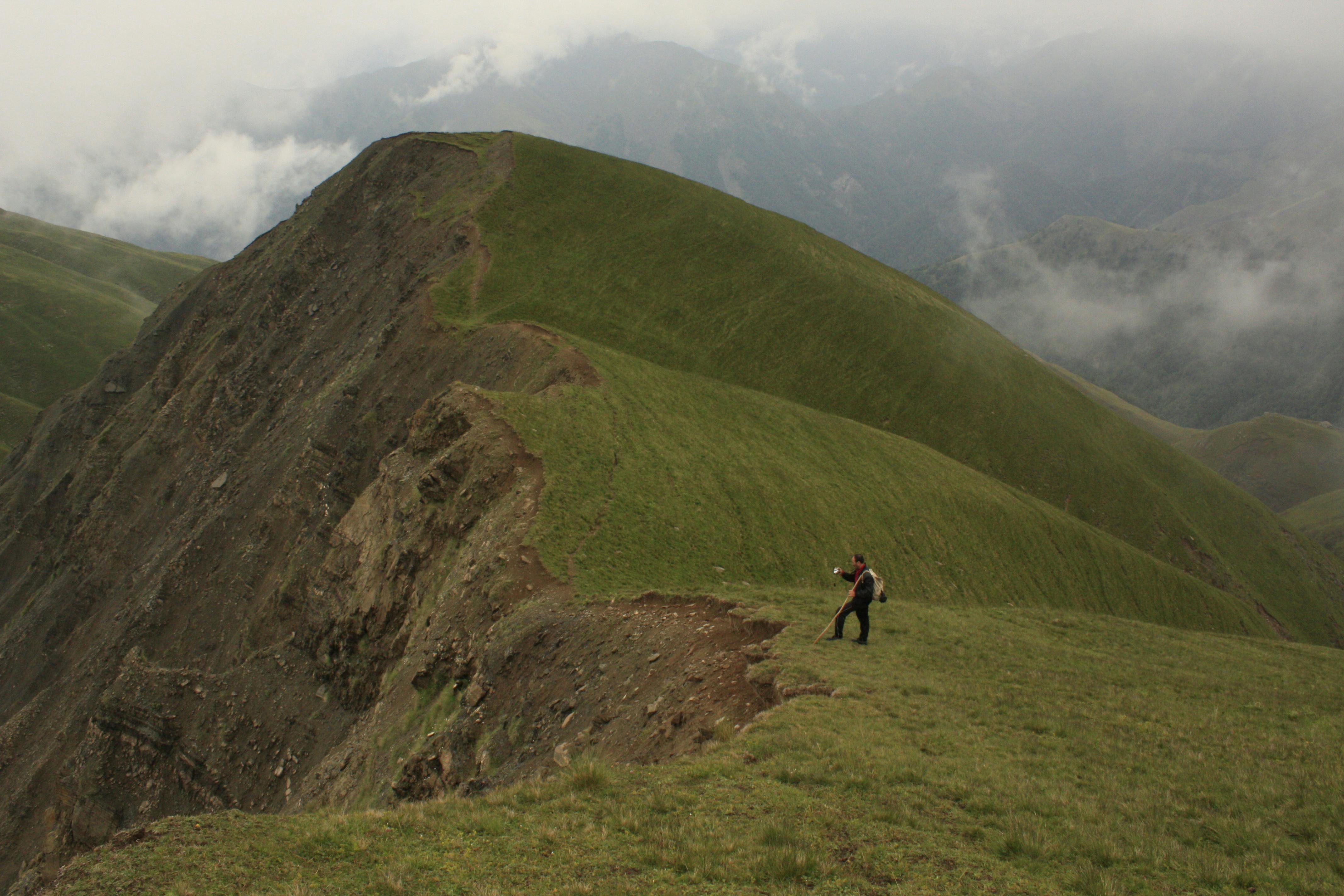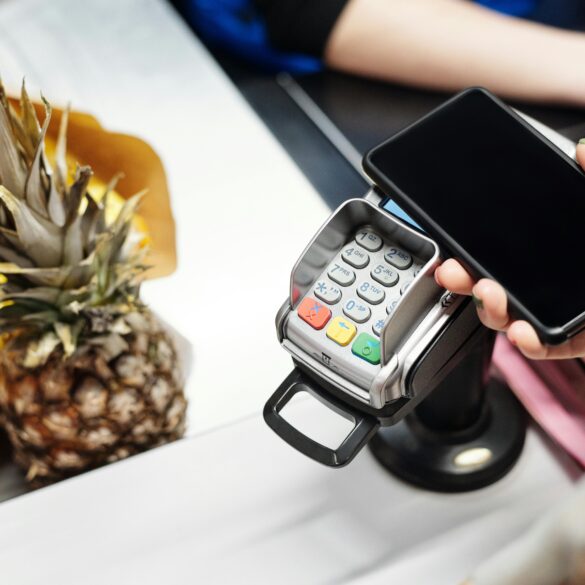11 Solo Travel Safety Tips Every Traveler Should Know
Why does solo travel keep pulling me back—even after a string of scams, sketchy situations, and at least three moments where I genuinely questioned my sanity for wandering off alone in Amsterdam at midnight? Here’s the truth: while the rewards of solo travel are enormous—absolute personal freedom, deep cultural immersion, and the intense thrill of charting your own course—the risks can sneak up on you if you’re not prepared1. And, honestly, looking back, there were a few rookie mistakes that I’d never repeat, plus several moments I didn’t know enough to handle right.
While solo travel has exploded in popularity (especially post-2020, with remote work options and revenge travel trends2), way too many guides miss the real-world, nitty-gritty details—the little things that feel obvious once you’ve learned them, but catch you off guard early on. What really gets me is how advice seems to split; some posts treat you like a child (“don’t talk to strangers”), others give lists so abstract they’re useless (“be aware of your surroundings”). Most people need something in the middle, right? Practical, digestible, but driven by authentic experience and data.
Here’s my promise: I’ll walk you through the genuinely essential solo travel safety tips—those I learned (sometimes painfully), observed among travelers, and triple-checked with academic research, government advisories, and private travel security experts3. Along the way, expect a handful of authentic anecdotes, self-corrections (I definitely got some things wrong on my first trip), candid emotional insights, and recommendations you can actually implement—whether you’re prepping for your first solo journey or recalibrating your safety routine five trips in.
Why Solo Travel Safety Matters
Let me backtrack for a minute. Most seasoned solo travelers don’t talk about the close calls—those “should I trust my gut or logic?” moments. For beginners, it’s easy to imagine the biggest threats are theft or violent crime. In reality, studies show the most common risks are minor scams, health emergencies, and poor communication in unfamiliar settings4. The consequences range from lost time and cash to major stress, embarrassment, even safety risks that linger way after the trip.
Pre-Travel Planning: Smart Prep
Preparation is where every safety mistake usually starts. Back in 2016, during my first solo trip to Prague, I skipped checking local emergency numbers (huge mistake!), thinking Google Maps had me covered for everything. Turns out, there are loads of things tech can’t plan for—a surprise medical incident, lost passport, sudden language barriers. My new approach? Spend at least two hours (yes, calendar block it) prepping for every trip:
- Double-check government advisories and regional news for events or unrest6.
- Scan social media for recent posts about traveler experiences—Instagram stories can surface timely issues.
- Bookmark embassy locations and local emergency contacts, just in case.
- Set up live alert apps for weather, health, and security (my favorite is Smart Traveler by the U.S. State Department7).
Destination Research Hacks: Beyond the Obvious
Ever notice how most people skip past the fine print when reading about destinations? I used to, but after a few “surprise” curfews in Morocco and sudden metro closures in Paris, I realized thorough research needs to go well beyond TripAdvisor. For me, layering sources is key: local news, Reddit threads, embassy updates, crime maps, and travel bloggers who’ve actually walked those neighborhoods. Why does it matter? Because what’s safe in daylight may be totally different by night, and “locals” know about pop-up protests or weekend market closures before government sites update8.
- Join Facebook Groups dedicated to your destination—crowdsourced real-time info can be a lifesaver.
- Use regional crime data portals (Numbeo is decent, but local police sites are better).
- Compare travel advisories across countries; U.S., Canadian, and UK government sites often highlight different risks.
One funny thing—I’ve found that official apps sometimes exaggerate risks for liability reasons. So, take both official and local advice, blend, and apply to your unique situation. Am I paranoid? Maybe. But my personal motto: “Better to know and look over-prepared than get blindsided by local realities.”
“Safety isn’t just the absence of danger; it’s the presence of effective preparation.”
Personal Security Strategies: Street Smarts Reimagined
Let me clarify: Your “gut” is more important than any gadget or tip list. When something feels off, pause, recalibrate, and be willing to walk away. Having said that, there are a few skills and behaviors (learned and practiced) that have genuinely improved my safety:
- Practice “Confidence Theatre”—walk purposefully, avoid looking lost, glance at your phone in brief increments.
- Keep valuables in concealed, slash-proof crossbody bags or inside zipped clothing pockets.
- Learn 4-5 local phrases for emergencies; “Help!” and “Where’s the police?” are basic power moves.
- Never share accommodation details publicly (especially on social media).
- Scan for “exit routes” in busy venues—back of any restaurant, metro station, or music festival.
Actually, thinking about it differently, every time you take a small risk (solo sunset walk, new nightclub, jungle trek), apply a brief “what could go wrong?” mental checklist. When prepping for my South Africa trip (where safety profiles vary wildly by neighborhood), I found this simple table structure helped visualize risk factors:
| Risk Factor | How to Check | Mitigation Tactic | Frequency |
|---|---|---|---|
| Pickpocketing | Local police data, traveler blogs | Anti-theft gear, vigilance | Daily urban movement |
| Unlicensed taxis | Transport apps, government travel advisories | Use official ride-share, verify license | Airport/late night |
| Scams (ATM, street) | Community forums, embassy warnings | Use ATM inside banks, skepticism | Occasional, hotspots |
| Harassment | Local cultural interviews, news | Avoid isolated areas, local “safe zones” | Varies seasonally |
Communication Readiness: Staying Connected
Here’s something that puzzles me: most guides bury emergency comms planning in the fine print. But having a robust communications setup is absolutely crucial. Consider these steps:
- Purchase a local SIM or eSIM as soon as you arrive—Wi-Fi isn’t enough.
- Share your itinerary with two contacts (not just one!) and set regular check-in points.
- Research “safe words” in case you need to discreetly signal for help (some families use travel codes).
If you lose your phone, have a fallback plan: local hostel computers, emergency cash, or even old-school printed info—it saved me in Chile once when both phone and backup battery tanked in the Atacama Desert. The more I think about it, the more convinced I am that redundancy is your best friend.

Managing Money & Documents: Don’t Get Caught Short
The first time I lost access to my travel funds in Vietnam, I nearly panicked—long story short, I’d relied on a single debit card (which was promptly eaten by an ATM). Lesson learned, and now I always split funds across at least two cards (plus modest cash) and keep emergency photocopies of passports, visas, and insurance certificates. Sounds obvious, but most travelers only learn this after a scare.
- Use travel wallets with RFID protection
- Email digital copies of key docs to yourself and a trusted contact
- Use encrypted apps (like 1Password) for sensitive info
- Divide cash between carry-on and hotel lockbox
Smart Accommodation Choice: Where You Sleep Matters
To be more precise, not every lodging labeled “safe” is created equal. Over dozens of trips, I’ve realized hostels with 24/7 desk staff, security cameras, and digital locks are leagues above random guesthouses. Don’t just check ratings; message the host about safety policies. For hotels, verify their review volume (fewer reviews can mean undiscovered issues). My mistake: booking a gorgeous Airbnb with zero reviews in Poland, only to find out it was in a questionable part of town.
- Choose places near public transit
- Check photos for security features in listings
- Avoid sharing full travel plans with staff or fellow guests
- Use “do not disturb” signs to deter room entry when you’re out
“Your temporary home is the stage for all your solo adventures. Choose wisely, rest securely.”
Local Laws & Etiquette: Safety by Respect
Honestly, I’ve changed my approach here over time. Early trips, I blundered into faux pas simply from ignorance. Now, I read up not just on major laws but “soft” etiquette rules—how to greet people, dress codes, tipping norms, gender roles. In Singapore, chewing gum may be a meme-worthy offense, but in parts of the Middle East, disrespecting local customs can have much bigger consequences11.
- Bookmark country-specific laws before you fly
- Scan etiquette guides; cultural missteps can mark you as a target
- Learn “what not to do” for each culture—it’s just as important as “what to do”
Emergency Prep Primer: Real-World Solutions
Okay, let’s step back. Imagine your worst-case scenario—a medical issue, lost passport, sudden lockdown, supply chain disruption. My protocol (and the one I share with friends) follows the “Rule of Three”:
- Three ways to reach help (phone, in-person, online)
- Three local contacts you can alert outside your family
- Three safe spaces (hospital, embassy, trusted business)
Plus, memorizing local emergency numbers (not just 911 equivalents) is super, super helpful. And if you have specific medical needs, always translate and print instructions in the local language (I learned this the hard way with allergy meds in Turkey).
Essential Packing for Safety: What Makes a Real Difference
I’m still learning which items truly matter—and my list grows every trip. Seasoned solo travelers swear by multi-purpose gear: a doorstop alarm, personal safety whistle, compact first aid kit, and lightweight padlock. On second thought, my addition is a basic flashlight—mobile screens die fast, and there’s nothing like groping in the dark in a South American hostel at 2 am to drive the point home.
- Pack essentials in carry-on—never check meds, ID, or cash
- Carry a dummy wallet for potential muggings
- Stash a backup credit card separately
- Include weather-appropriate gear—think umbrellas and sun hats
Tech & Travel: Your Hidden Safety Net
Tech has become my unexpected safety MVP, but I have to revise my earlier point—a gadget is only useful if you know how to use it under stress. Install translation apps, save local maps offline, enable “Find My Device,” and preload emergency contact groups. I now use travel VPNs to keep data and identity safe on public WiFi, an often-overlooked vulnerability noted in cybersecurity reports13.
- Backup all devices before travel
- Use encrypted chat apps for sensitive communication
- Test navigation apps before relying on arrival
“Technology bridges the gap between uncertainty and confidence in solo travel.”
Conclusion: Putting Solo Travel Safety Into Practice
What I’ve learned: Solo travel safety isn’t a single skill—it’s layers of preparation, street smarts, adaptive research, and responsive tech. My biggest mistake early on? Treating advice as one-size-fits-all. Now, I build my safety toolkit for each destination, adjust my habits seasonally, and learn from every story traded over hostel breakfasts. The more I listen to fellow travelers and study global trends, the more I realize there’s no “finished” guide—every trip adds to the collective wisdom.
I want you to travel genuinely boldly, with smart, simple, and actionable safety strategies—whether you’re stepping out for the first time or recalibrating for your 20th solo journey. If you finish this guide and think “nothing went wrong, I barely noticed,” then I’ve done my job.
References



